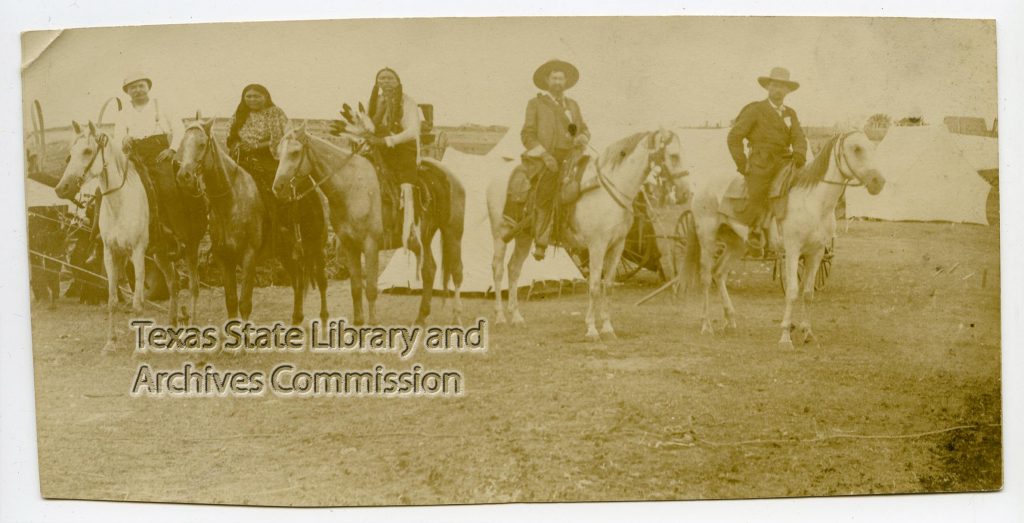— End of week Six —
Update on the Project’s Contract
The following is the summary of our project’s contract as it has been created and updated thus far; this is a rough draft and the information is subject to change or be amended.
Contents
- Project Description
- Tools to be Utilized
- Work to be Completed by Team Members
- Schedule of Milestones
- Full Research Proposal
Project Description
The purpose of this research project is essentially designed around and intended to uncover the historical significance and further influence Native American Indian Tribes had in the Northern Frontier of Texas. More specifically tied into our project is the surrounding rhetoric and memorabilia found in the City of Wichita Falls towards the Wichita, and their forced migration patterns as seen in the late and early 19th and 20th century to and from Wichita Falls, Texas. As noted, this project intends to place the Wichita and other regional populations into the appropriate historical context, ranging from their initial presence through forced migrations and ending in their continued influence on regional culture even after their departure. Academic research has been produced in regards towards the Native American groups found in the Western Texoma region and the area surrounding Wichita Falls, TX.
















